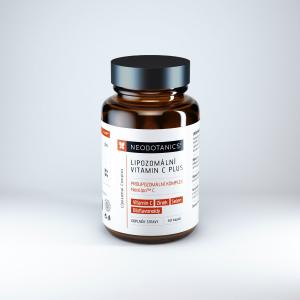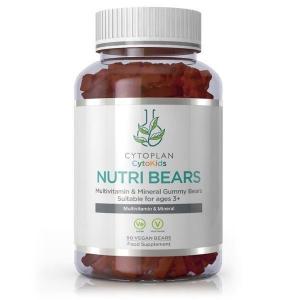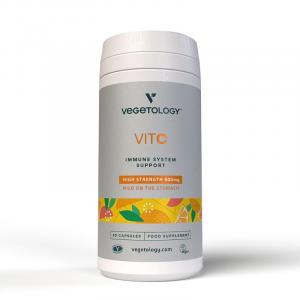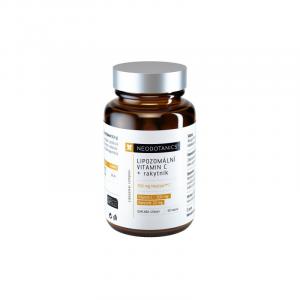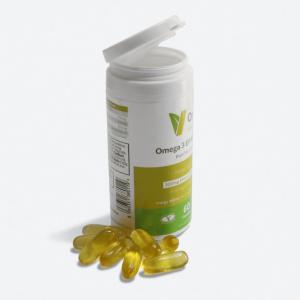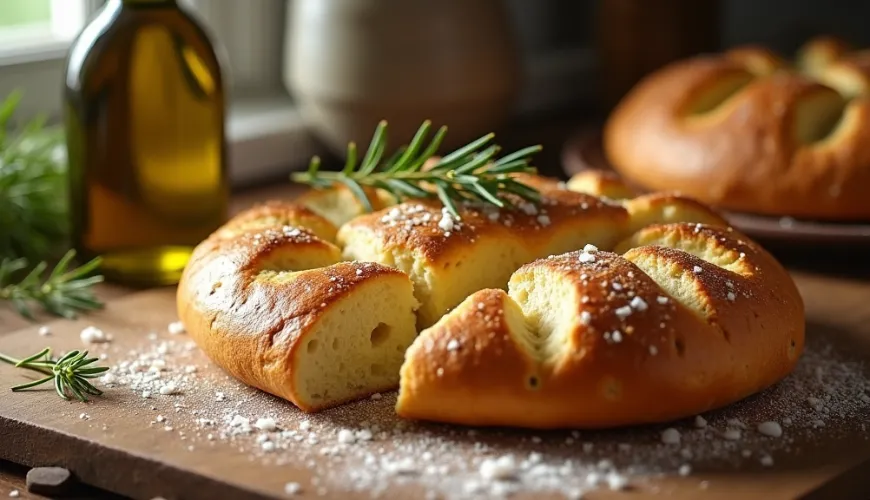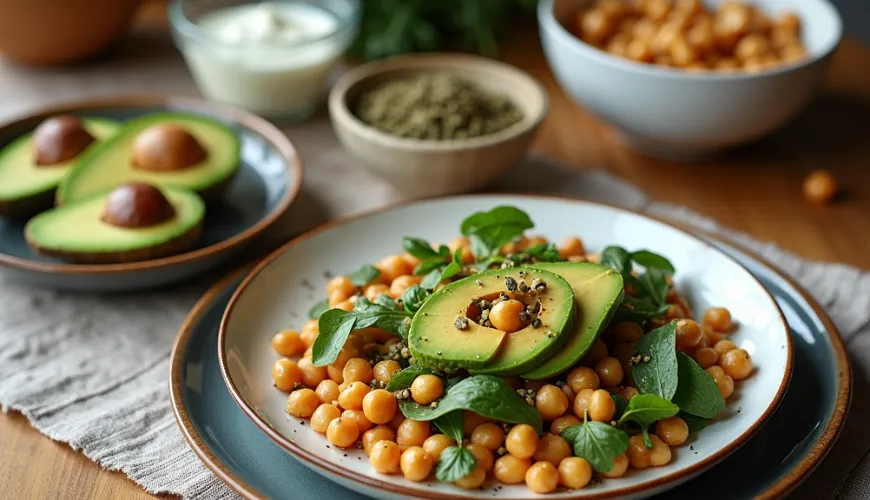
The Secret to Quality Coleslaw and How to Prepare It at Home
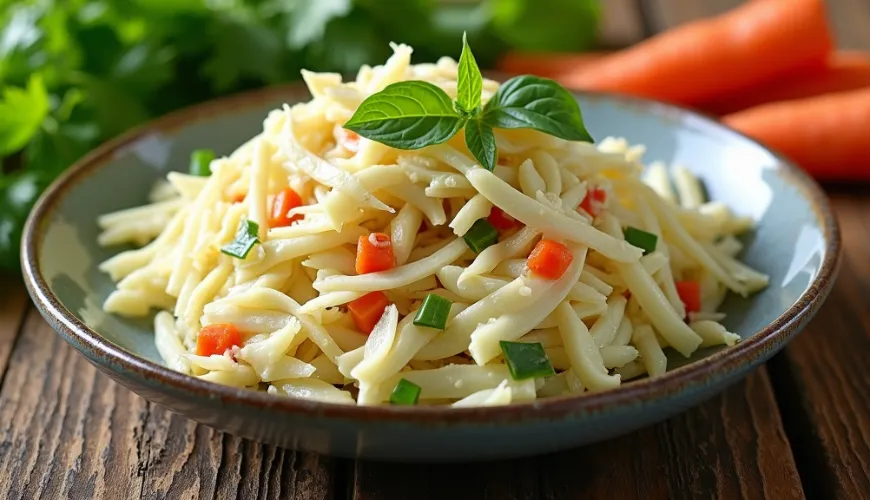
The Secret of Coleslaw Salad - A Refreshing Classic with History and Modern Charm
In the world of fast food, it's often forgotten that some side dishes have deep roots and rich history. One of them is coleslaw – a refreshing combination of cabbage, carrots, and creamy dressing that has won the hearts of people worldwide. In the Czech Republic, it is mainly known as a side dish to fried foods or grilled meats, but few know that this "ordinary" salad has a surprisingly long history and much wider uses than it seems at first glance.
The origin of the name "coleslaw" dates back to 18th century Holland, where the term "koolsla" (meaning "cabbage salad") became the basis for what we know today as coleslaw. With the arrival of Dutch settlers in America, this refreshing salad found its way there as well. Over the years, it has undergone various modifications, and ingredients and seasoning can vary by region. In the USA, it is now an indispensable part of picnics, barbecues, and fast-food menus.
What Makes Coleslaw Unique?
The basic recipe for coleslaw appears deceptively simple: white cabbage, shredded carrots, and dressing. However, it's in these details where the potential for variations lies, which can turn it into an original culinary experience. Some people add celery, apple, red cabbage, onion, or even raisins. The dressing can vary – from classic mayonnaise to yogurt bases to mustard or vinegar dressing.
For example, in the southern states of the USA, a sweet and sour dressing with Dijon mustard is often used, while in Australia, a version with pineapple is popular. In England, they are not afraid of cheese variations. There are numerous possibilities, so any coleslaw recipe can be easily adjusted to your taste preferences.
But what is key? The quality of the ingredients. Fresh, crunchy cabbage and carrots are the foundation of success. And this is where the line is drawn – or rather the cabbage. With salads, it's true that their taste is only as good as the quality of their individual components. Ideally organic or from local sources, without unnecessary chemicals, with the smallest possible environmental impact.
How to Make the Best Homemade Coleslaw?
There are countless variations, but one basic recipe for homemade coleslaw remains at the top. And it's no wonder – it's simple, quick, and the result is always reliable. Here is a favorite coleslaw recipe that can handle even the most demanding eaters:
Classic Coleslaw Recipe
- 1 small head of white cabbage (about 600 g)
- 2 medium carrots
- 150 g quality mayonnaise (or plain yogurt for a lighter version)
- 1 tablespoon apple cider vinegar
- 1 teaspoon Dijon mustard
- Salt and freshly ground pepper to taste
- A pinch of sugar or a teaspoon of honey
Shred the cabbage and carrots finely or cut into thin strips. In a bowl, mix mayonnaise, vinegar, mustard, sugar, salt, and pepper, and pour this dressing over the vegetables. Mix well and let it sit in the fridge for at least an hour to let the flavors meld.
Tip: If you want extra crunchy salad, lightly salt the shredded cabbage and let it sit for about 20 minutes. Then squeeze and drain the excess juice. This will remove the bitterness, and the cabbage will remain juicy but pleasantly firm.
Coleslaw as More Than Just a Side
Although most people associate it with fast food – for example, as a flavored side to fried chicken – coleslaw has much greater potential. Thanks to its freshness, it perfectly complements heavy meals, but it can also be the basis of a healthy dinner. Just add some protein – such as grilled tofu, roasted chicken, or baked chickpeas – and you have a complete meal.
In recent years, coleslaw has found its place in the kitchens of vegans and vegetarians. Simply replace mayonnaise with a plant-based alternative or use a cream made from cashews, lemon juice, and tahini. This way, the salad remains creamy but entirely free of animal products.
"Coleslaw is like a canvas – it can take on an incredible amount of flavors," says American food blogger Deb Perelman, author of the blog Smitten Kitchen. And she's right. Just a few creative ideas, and a traditional side dish becomes the star of the table.
Quick Salad for Everyday Evenings and Festive Tables
One of the reasons coleslaw is so popular is its versatility and quick preparation. In a world where cooking often happens "on the go", the ability to make a tasty salad in 15 minutes is invaluable. Plus, it lasts in the fridge for several days, making it a perfect choice for meal planning for the whole week.
In real life, it might look like this: a mother of two preparing dinner after a busy day at work. She has some leftover cabbage and two carrots in the fridge. In 10 minutes, she has a light salad ready, which she serves with baked potatoes and fish. The kids dig in, exclaiming, "Mom, it's crunchy!" And she knows she made not only a tasty but also a nutritious meal – full of fiber, vitamin C, and antioxidants.
Try our natural products
Sustainable Salad for Everyone
At a time when more people are interested in the environmental impact of their diet, Coleslaw is a welcome addition from a sustainability perspective. Cabbage and carrots are among the least demanding crops in terms of growing and storage. They can easily be sourced locally, often in organic quality. And if you use, for example, homemade mayonnaise or a plant-based alternative, the amount of packaging waste is minimized.
Moreover, it's a salad that truly doesn't require exotic ingredients – no avocado, quinoa, or foreign superfoods. And yet, it can taste modern, fresh, and exceptional.
So if you're looking for a simple, healthy, and at the same time tasty way to spice up your menu, coleslaw salad is the ideal choice. Whether as a side to grilled meat at a summer garden party, as a sandwich base, or as a light dinner in a box – it always serves its purpose. Additionally, it's one of those flavors that appeal to both children and adults.
Maybe you only associate it with fast food. Maybe you last had it five years ago. But what if you give it another chance – this time in your own kitchen, with fresh ingredients and made your way? You might find that you're missing exactly that crunchy, refreshing, and versatile delight that goes with any meal – and yet costs just a few crowns.
